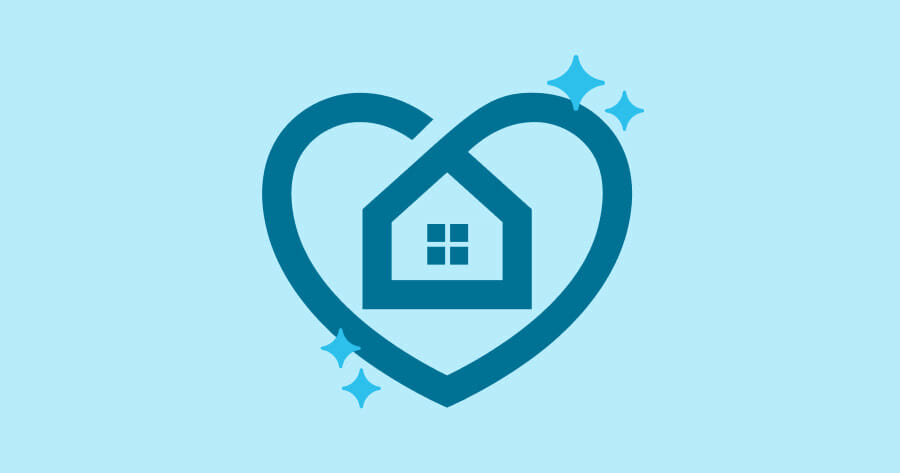The new Community Reinvestment Act regulations from the OCC have been released! We’ve spoken previously about the key deadlines for compliance and how your financial brand can be the spark for engagement in your community. Our analysis continues by identifying a key asset in helping your bank meet its CRA requirements: community partners. These nonprofits and organizations are just as committed to improving the community, and – thanks to the revised regulations – it’s far easier and beneficial to form partnerships.
One of the central planks of the new final rule is to remove ambiguity. The new legislation clarifies the definition of qualifying activities as “any activity that helps meet the credit needs of a bank’s entire community.” It provides additional details on the qualification requirements per category. Banks should now be able to move away from clustering around the few activities that they confidently know count for CRA credit. Further, opportunities for organizations to work together to serve LMI individuals and areas are more accessible. Here are a few ways that community partners are vital conduits to helping your bank meet CRA requirements.
Donation Valuation
Under the previous legislation, calculating the value of a qualified activity wasn’t always clear. § 25.08 in the new rule clarifies the value of these activities are based on “fair market value” and “multiplied by the total number of hours . . . spent performing the service,” if applicable. Additionally, the value monetary and in-kind donations have been clarified using this framework as well. 501(c)(3) and sister organizations are worthwhile avenues for banks to facilitate donations and help meet the community services test.
Pro Tip:
Community partners can help your financial brand identify where best to allocate your funding and make the most difference in your community.
Service Activities
Banks have more opportunities to provide critical services. Under the final rule, banks may receive CRA credit for financial literacy activities conducted by the bank or financed by the bank and delivered by a nonprofit. Further, especially in light of the COVID-19 pandemic, many financial assistance programs are going online. The OCC has stipulated in the final rule that “[i]f a digital literacy training meets a CD criterion, the agency will award CRA credit.” This can also be done through the bank’s website or via a community partner. By working through different mediums, your bank can multiply its impact on the community.
Pro Tip;
Take more of your community service activities digital. It can help you meet the needs of your community while still counting for CRA credit.
Service Hours
The most significant change of the new OCC rules centers on the expansion of community development services. Community development services “no longer requires . . . that the service is related to a provision of financial services.” This means that banks would receive credit for volunteering activities, including manual labor. Plus, you can build stronger employee culture with volunteer programs! The door has been opened for bank employees and nonprofits to work hand-in-hand on improving their communities.
Pro Tip:
For more examples of illustrative CRA activities, be sure to visit our resources page.
Be sure to visit our website often to learn more about the Community Reinvestment Act’s fundamental changes. For more information on how your financial brand can better meet requirements, check out our Community Spark product.


